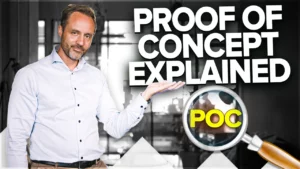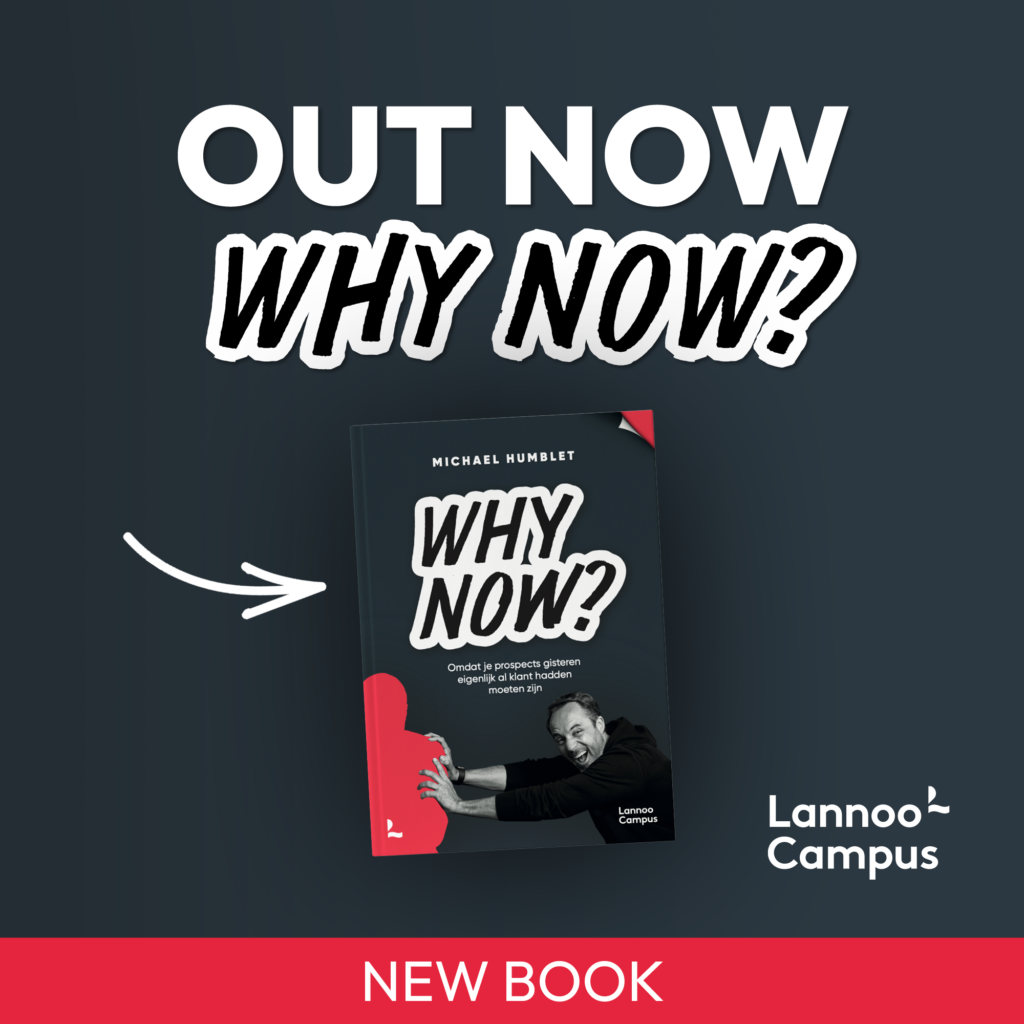In the ever-evolving world of B2B sales, the traditional models of inbound and outbound selling are no longer enough to keep up with the changing landscape. As Michael Humblet, a seasoned sales strategist and founder of Chaomatic.com and Schoolofsales.com, explains, there is a new sales model that is gaining traction – the “near-bound” approach.
Understanding the Sales Landscape
The B2B sales cycle can be a complex and lengthy process, with typical timelines ranging from 3 to 18 months, depending on the deal size. This is because B2B buyers often have more complex needs and decision-making processes than their consumer counterparts.
The Traditional Sales Models
Inbound Sales
The inbound sales model, which has become increasingly popular in recent years, is a marketing-driven approach where potential customers come to the business and initiate the sales process. This is often facilitated by the company’s online presence, such as a website with downloadable content or a strong social media presence.
Outbound Sales
In contrast, the outbound sales model is a more traditional approach where the sales team takes the initiative and actively reaches out to potential customers through methods like cold calling, emailing, and networking. This requires a significant investment of time and resources from the sales team.
The Emergence of the Near-Bound Model
According to Humblet, the new “near-bound” sales model is a hybrid approach that combines the best elements of inbound and outbound sales. This model is based on the idea that businesses should focus on creating high-quality, organic content that positions them as experts in their field, and then use that content to proactively reach out to their target customers.
The Key Elements of the Near-Bound Model
Content Creation
The foundation of the near-bound model is the creation of valuable, informative content that showcases the business’s expertise and insights. This can take the form of blog posts, videos, webinars, or other types of content that address the pain points and challenges faced by the target audience.
Organic Reach
By consistently publishing this content and promoting it through various channels, such as social media and industry publications, the business can build a strong online presence and attract the attention of potential customers. This organic reach is a key advantage of the near-bound model, as it allows the business to be “omnipresent” when a problem arises.
Targeted Outreach
Once the business has established a strong content presence, it can then use that content as a springboard for targeted outreach to its “dream customers.” This outbound component of the near-bound model allows the business to proactively engage with its most valuable prospects and move them through the sales funnel.
Implementing the Near-Bound Model
Transitioning to the near-bound sales model requires a shift in mindset and a strategic approach to content creation and outreach. Here are some key steps to consider:
Identify Your Target Audience
The first step is to clearly define your target audience and understand their pain points, challenges, and buying behaviors. This will help you create content that resonates with them and addresses their specific needs.
Develop a Content Strategy
Develop a content strategy that aligns with your target audience’s interests and pain points. This may involve creating a mix of educational, thought-leadership, and product-focused content, and distributing it through various channels, such as your website, social media, and industry publications.
Optimize for Search and Engagement
Ensure that your content is optimized for search engines and social media platforms to maximize its visibility and engagement. This may involve incorporating relevant keywords, using eye-catching visuals, and crafting compelling headlines and descriptions.
Leverage Targeted Outreach
Once you have established a strong content presence, use that content as a basis for targeted outreach to your “dream customers.” This may involve sending personalized emails, connecting on social media, or even scheduling one-on-one meetings to discuss how your products or services can address their specific needs.
Measure and Refine
Continuously monitor the performance of your content and outreach efforts, and use data-driven insights to refine your approach. This may involve adjusting your content topics, distribution channels, or outreach strategies to better align with your target audience’s preferences and behaviors.
The Benefits of the Near-Bound Model
The near-bound sales model offers several key benefits for B2B businesses:
- Increased Visibility and Authority – By consistently creating and distributing high-quality content, businesses can establish themselves as thought leaders in their industry, which can help to attract and retain customers.
- More Efficient Sales Cycles – The near-bound model’s combination of organic reach and targeted outreach can help to shorten the sales cycle, as potential customers are already familiar with the business and its offerings.
- Better Alignment with Buyer Behavior – The near-bound model recognizes that B2B buyers are increasingly relying on online research and content to inform their purchasing decisions, and it provides a way for businesses to meet them where they are.
- Scalable and Sustainable Growth – By leveraging the power of organic content, the near-bound model can help businesses to scale their sales efforts more efficiently and maintain a consistent pipeline of qualified leads.
Conclusion
In the ever-evolving world of B2B sales, the near-bound model offers a compelling alternative to the traditional inbound and outbound approaches. By combining the power of content creation and organic reach with targeted outreach, businesses can position themselves as trusted experts, shorten their sales cycles, and drive sustainable growth.
As Humblet notes, “We are in the age of golden organic content,” and businesses that embrace the near-bound model will be well-positioned to thrive in the years to come.
To learn more about the near-bound sales model and how to implement it in your business, visit Chaomatic.com and Schoolofsales.com, or connect with Michael Humblet on LinkedIn.






